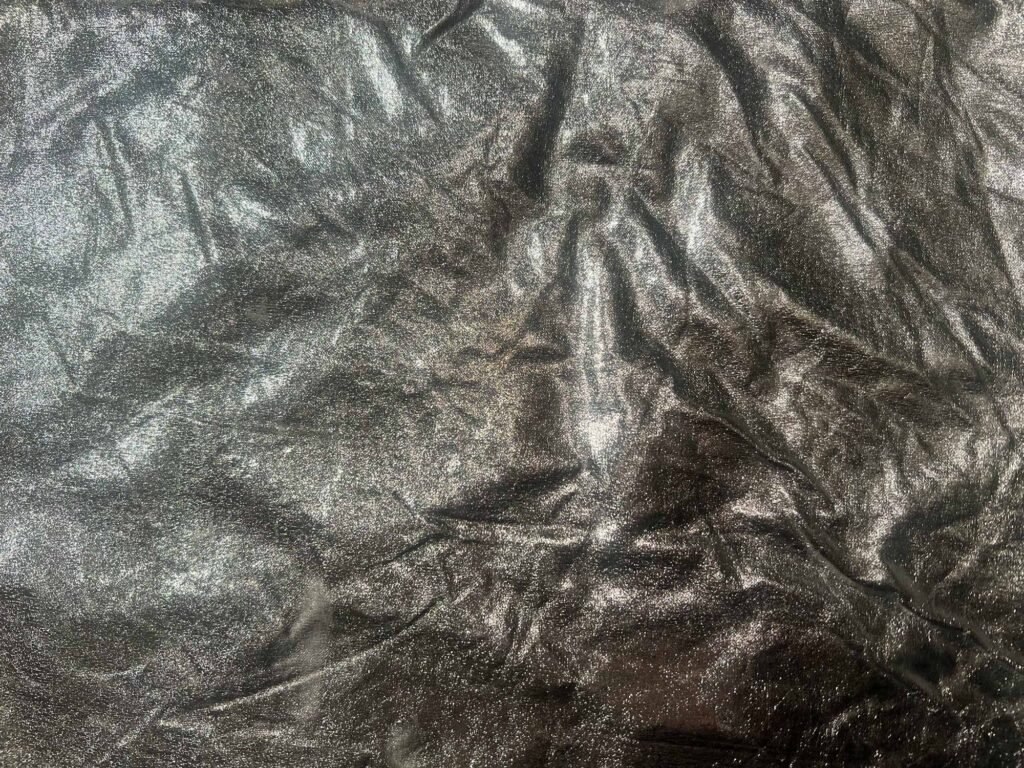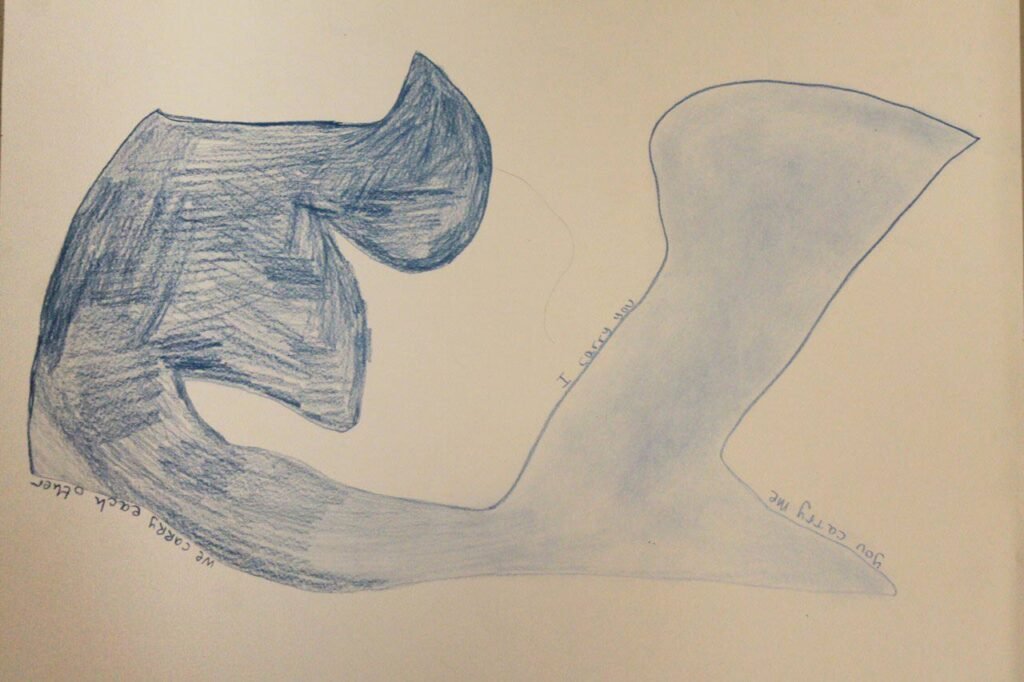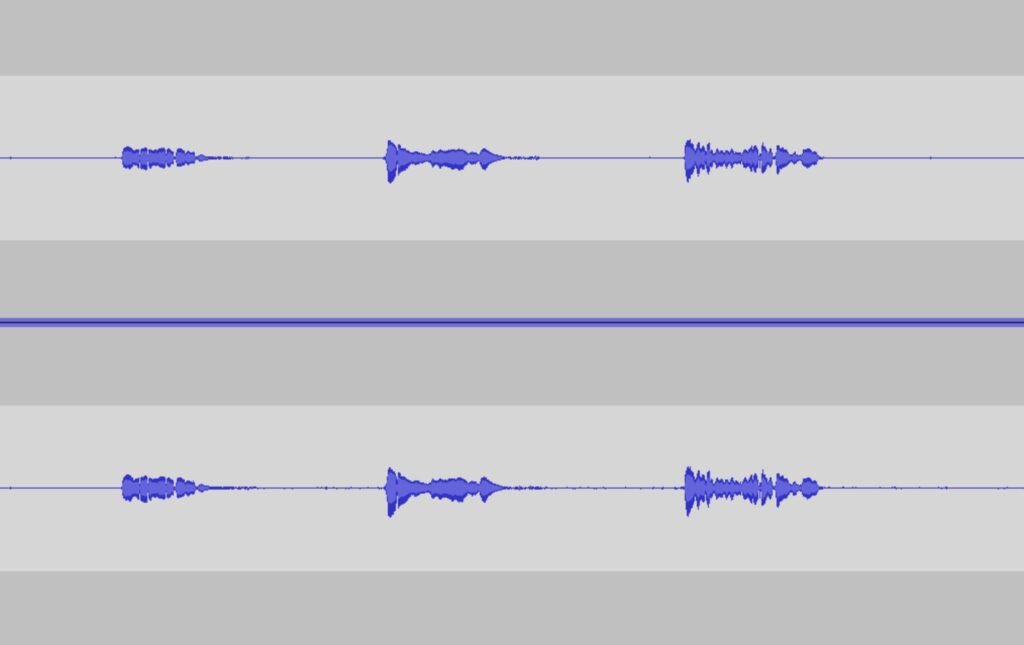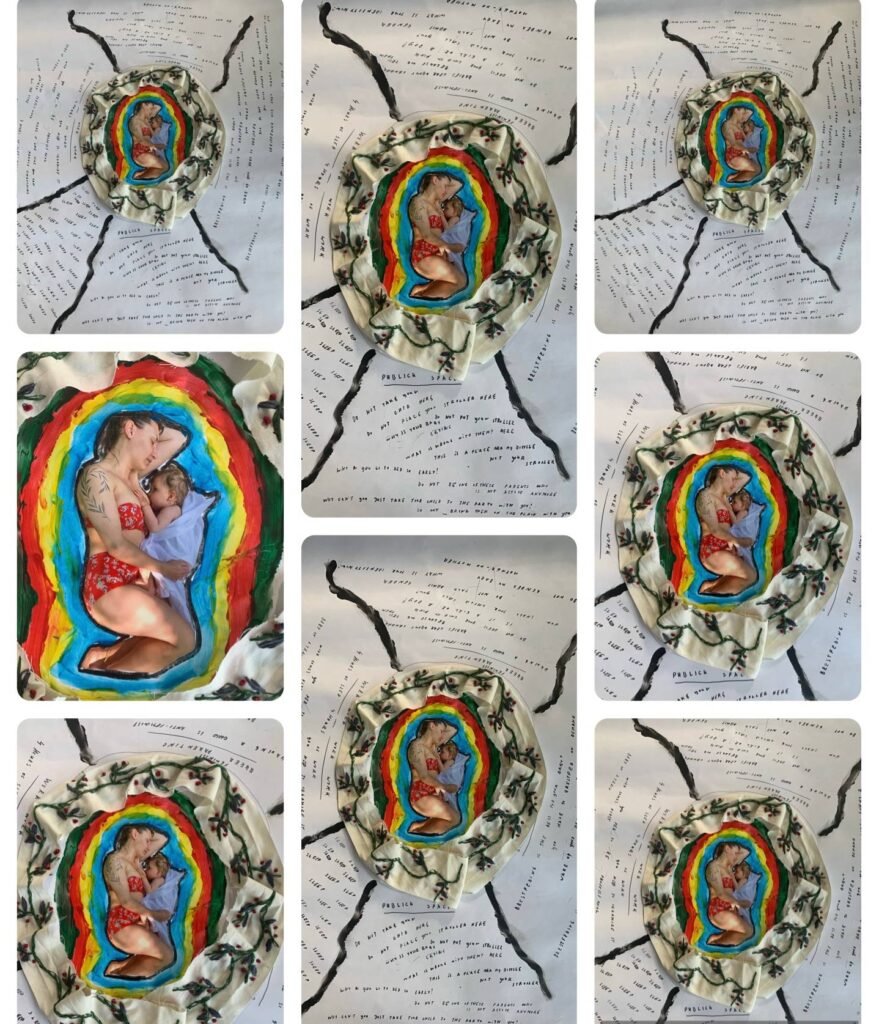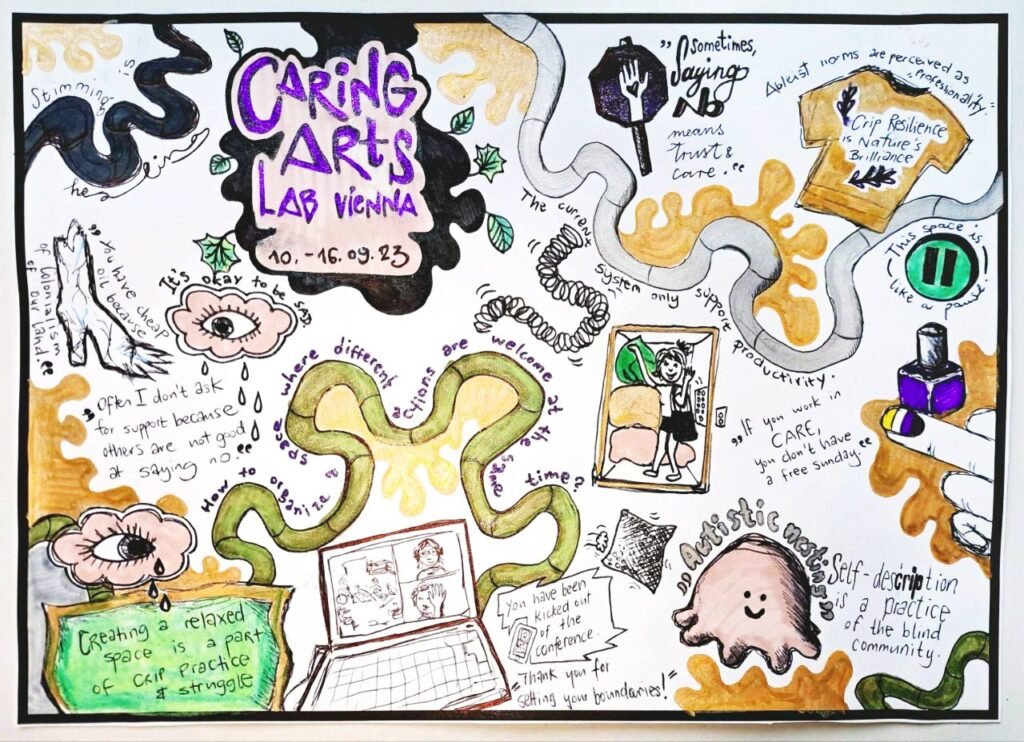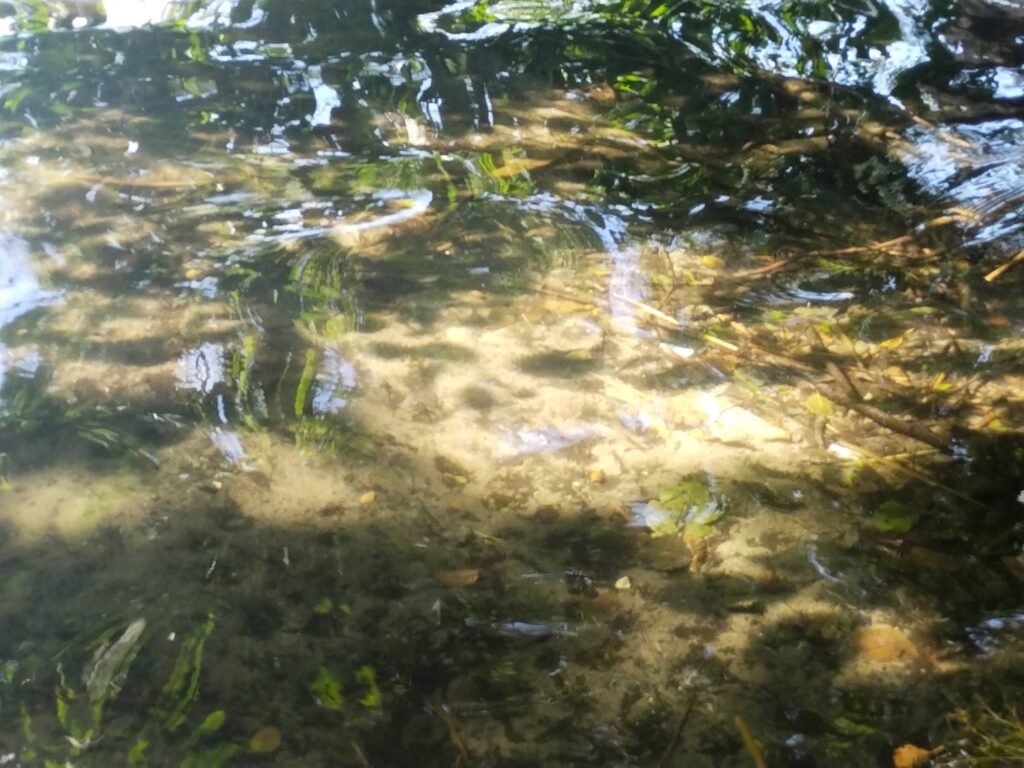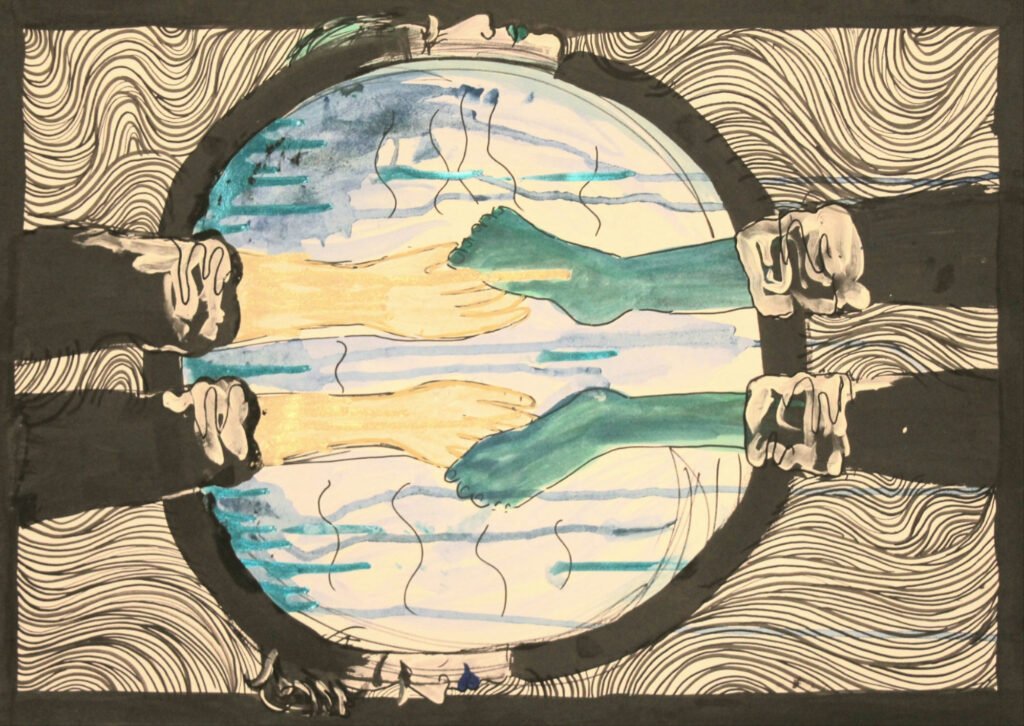Kneaded Spaces
by Lena (they / them)
Kneaded Spaces are an invitation to knead with Lena while listening to or reading their piece. Kneaded Spaces are a critique on in_accessibility, exclusion and ableism of spaces. The practice to knead with, is to think and produce spaces together. Furthermore it opens possibilities for spaces of joy, a joy that messes up with the norm of ability. The Audio piece is accompanied by a picture and the written text. This is an invitation to knead with Lena. You can use dough, play doh, selfmade salt doh, slime, clay or earth.
Click here to

It is a photo of three different types of play dough on a black background. They have different colors and textures. I wanted to show that there is not only transformability, but also vulnerability. That they can complement each other. There are mixed feelings that are all there at the same time: pressure, anger, frustration, release, calm, uncertainty, happiness, joy. I read my text about Kneaded Spaces to myself and kneaded it. I wanted to create abstract forms. I describe the forms I created. These are the shapes that I kneaded again and again.
I used a neon green play dough. I needed a lot of strength and wanted to create a precise shape. This form reminds me of a spoon without a handle and looks unfinished. This play dough is very firm and smells chemically unpleasant to me. It took me a lot of power to shape it. I placed this form in the top centre of the table.
Then I took a light, rich green play dough and created 2 different shapes from it. I placed a smaller form under the neon green form on the right. I petted it gently and a lot. It felt like this play dough was hugging my fingers. It looks like a round bowl to me.
Then I placed a larger form made from the same play dough under the two others on the left. I had pressed them in my hands in a very relaxed way without flattening them. That is why my handprints remained. This mould reminds me of the uneven hills and valleys. It is also a little porous and has small holes. This play dough is smooth, mouldable but also fragile. It smells intensely like a cream to me.
Listen to the audio version of Dream Journey:
This is an invitation to knead with me. You can use dough, play doh, selfmade salt doh, slime, clay or earth.
Pick a piece of your kneading material of choice. Warm it up and make it flexible.
Kneading is a technique and practice that comes in many forms, like baking, building or playing. Doing something with your hands may help you listen or regulate. Kneading may be stimming. Here it becomes an invitation for a shared practice: you can become part of the story in an embodyminded way.
Embodyminded means your body and mind can be part of the perception.
This is an invitation to knead space with me.
Physical space
Use different parts of your body to transfer power in your kneading mass, get in touch with the material. May knead something you know or just test the kneading material.
Space is always the problem. Space can be at home or where a group meets inside. Space can be green space, outside or in public. Space that is not accessible, is exclusive, because not everyone can participate.
The space is blocked.
Thinking about space may bring up anger and frustration. Thinking about space, first thoughts are often: Does it have a ramp or an elevator? Do I have to ask these questions again? Then comes often, are the toilets gender neutral and provide enough space for electric wheelchairs?
Physical accessibility also includes access to fresh air, a regulatable heating system, beanbags and sensory friendly lights or speakers. And more. Eventually physical accessibility includes not only the space itself, but also accessible ways to this space.
And thinking about space, first thoughts about space should be how can I, you, we use that space.
Social space
Stretch your dough, bend it, make movements with your kneading, like making bread, roll it or make mountains and valleys.
Often the best ramp, prop or physical access does not help, if the people do not practice accessibility. Space is made by people. It is welcoming being asked for access riders, pronouns and self descriptions. Wearing masks, providing snacks related to diet plans, having planned breaks and practicing a perfume free participation can make a huge difference.
Breaking the exclusive normality of social space is work.
Doing that work intersectional, means recognising that like at an intersection experiences of exclusion and discrimination can overlap. These can be experiences of racism, ableism, trans and queer discrimination, antisemitism, colonialism, classism, sexism, sanism, exclusion because of care responsibilities and ageism. And more. The experiences can be personal or structural or both. Structural means indirect, for example you can not find the ramp, because stairs are the norm set and there is no plan made to find the ramp. So the structure set excludes you.
The space is blocked again.
The possibilities and necessity to create accessible spaces become multiple. By negotiating access needs and desires, questioning norms and structures, setting boundaries and making space for critique, social accessibility can grow.
Relaxed Space
Let collapse your kneading. Release your tensions. Softly pet your dough. Let your hands be softly petted by your dough. Try to cuddle your kneading. Receive care from your kneading. Maybe let it sit or lie down for a while.
Arrive.
Stop.
Rest. Release.
Listen to the silence. Feel yourself. Feel each other’s differences. Feel each other in sickness. Not feel eachother or not feel anything at all. Having time. Time to not speak. To be in space in pain. Time and space to build trust.
Time to be in space and relax.
Making space to release experiences of exclusion and the anger and frustration that comes with it. Rest in space to experience real participation, that includes the right to not participate, or just be with a group in thoughts. Relaxed space is a practice beyond centering access and inclusion to an abled world. Space to receive care. Making space to relax means also making space for experiences of pain and sickness, of mental struggles, of being autistic and disabled.
Arrive.
Stop.
Rest. Relax.
Enjoy that space. Enjoy that solidarity.
Kneading spaces with
Let your kneading become a soft flexing, fragile forming and caring creation. Knead beyond what you tried on the jet. Knead risky forms or comfy textures. Knead slowly. Knead an elastic model and hopefully have fun while kneading.
Move, dance your thoughts through your body. The words and practices for what follows, are not clear jet. They are builded on the base of relaxed space. Use this relaxed space you created.
Connect with your imagination, questions and creativity.
Feel into your relation with your environment, materiality, in_accessibility, texture, color, sensory friendliness, smell, weight or movements.
Feel in your relation with queerness, with in_justice , with nature, with normal and natural, with dis_ability.
Fell into your relation with _.
Out of dreams, critique and desires, spaces of possibilities could be produced.
Which practices mess up with ableism? Or how to mess up with the norm of ability, the abled body and the abled spaces?
What if practices emerge, that dream, create and produce space out of the perspectives of experienced disability, sickness and neurodivergence?
How would autistic and neuroqueer practices be experienced and perceived?
Your kneading gets new layers, players, maybe a slime all over, or forms that connect your creation. Let them melt into each other.
How about trying it out. How about finding new practices and sharing them?
And how about being an ally to assist and support these practices? How about kneading the political and social dimensions of space with others?
When kneading melts into kneading with each other. When dreaming kneads into dreaming space together – How about finding community?
Rest. Relax. Dream. Try it out.
Enjoy that space. Enjoy that solidarity.
Rest. Relax. Dream. Try it out. Knead with.
Enjoy that space. Enjoy that solidarity. Enjoy that community.
This is an invitation to knead with me. You can use dough, play doh, selfmade salt doh, slime, clay or earth.
About the author:
Lena (they / them)
This is a photo of dark blue to black water with gentle waves. There are shimmering golden reflections on it. The waves seem to become denser and more individual at the bottom of the photo.
My most joyful and regulating element is water. Water. Pure water. Feeling water on my skin. Watching reflections on bodies of water. Listening to the rain and the waves. Perceiving its various aggregates – liquid, ice and steam. Touching and moving in the water. Connecting with water, with all its molecules. Connecting with others through water. Reaching infinite water horizons.
